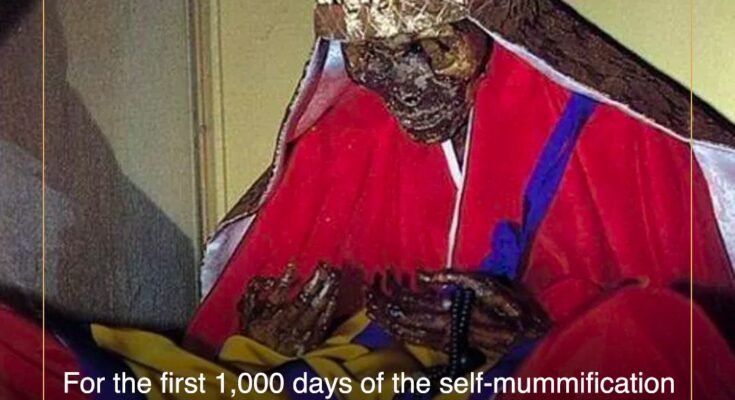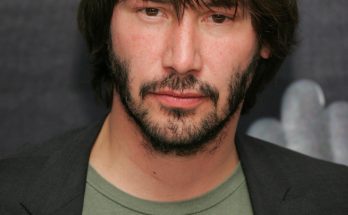It’s A 3,000 Day Process

The process of self-mummification typically requires 3,000 days of ritualistic training. This preparation period is necessary for a monk to transform his body into a lasting relic.
The most important physical aspect of this process focuses on diet. Japanese monks attempting to achieve self-mummification would first stop consuming grains and cereals. For the first thousand days, they would only eat nuts and berries.
Monks Adhered To Mokujikyo, Or A “Tree-Eating” Diet

Starvation Staved Off Decay

The extended period of starvation fulfilled the “necessary requirement of suffering,” and also solidified the basis of mummification. As the monk starved, his body rid itself of fat and water – both materials that encourage decay after death.
In short, starvation made the monk’s body resistant to bacteria and insects.
They Drank Toxic Urushi Tea

Arsenic Water Helped Too

Monks Entombed Themselves Alive

Decay Indicates Failure

After 1,000 days, the monk’s body would be excavated. Frequently, the body would be found rotting. In these instances, a monk’s remains would not be fit for worship. The remains would be reburied after an exorcism, and the thousands of days of suffering and meditation would have been for naught.
But if the body didn’t show signs of decay, incense smoke would be used to treat the skin and ensure its longevity.
Few Monks Have Been Successful

Photo: Beyond Science / via YouTube
If a body was found preserved after being exhumed from a burial chamber, it would be worshipped. Mummified monks was seen as Buddhas, so they would be dressed in robes and placed in temples for viewing.
Their eyes would be removed, but regardless, it is believed that the sokushinbutsu mummies can see into the souls of the living.
Sokushinbutsu Was A Sacrifice

Photo: pinktentacle.com / via Pinterest
Monks who attempted self-mummification did not consider their deaths to be suicides. They practiced sokushinbutsu in order to bring salvation to humankind, believing they would be able to protect people as long as their mummified bodies tied them to Earth.
Sokushinbutsu Is Illegal

Photo: Trojan / via YouTube
Emperor Meiji made self-mummification illegal in Japan in 1877. He also prohibited opening tombs of monks who attempted sokushinbutsu, unless the monk had entered the tomb tombs were entered before the law was passed.
At the time, a monk named Tetsuryūkai had already spent years preparing for sokushinbutsu. Despite the law, he sealed himself in a tomb in 1878 and eventually became one of the last known successful sokushinbutsu mummies. Other monks who had been preparing for self-mummification eventually ceased their attempts. After dying of natural causes, they were cremated and honored in temples anyway.



